You are about to pressure test a newly installed pipeline. You worry that closing the ball valves and applying high pressure could crack the valve bodies or damage the seals, turning a final check into a costly repair.
Pressure testing will not damage a PVC ball valve if done correctly. The test pressure should not exceed 1.5 times the valve’s working pressure rating, and you should always use water (hydrostatic test), not compressed air.
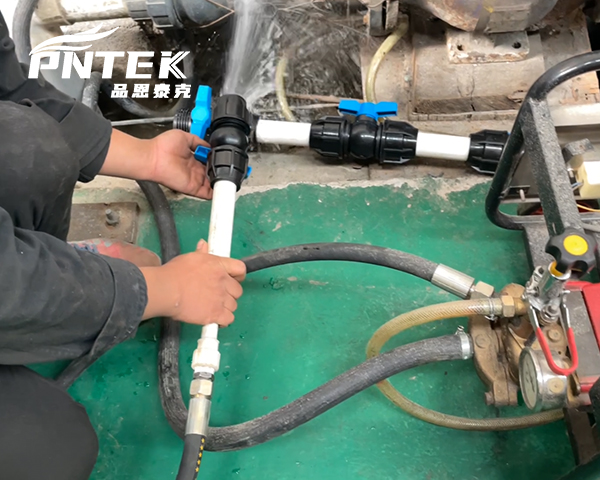
This is a critical step in any plumbing installation, and it is a source of a lot of anxiety for installers. I’ve had this conversation many times with partners like Budi in Indonesia. His customers, the contractors, need to be confident that the products they install can handle the final system test. Damage during this stage is not just about the cost of a new valve; it is about lost time and trust. A well-made valve from Pntek is designed and tested to handle these pressures easily, as long as the standard procedures are followed. Let’s review those procedures.
Can you pressure test against a ball valve?
The pipeline is complete, and it is time for the final leak test. You are not sure if you should test with the valves open as part of the line, or closed as a dead end.
Yes, you can and should pressure test against a ball valve in the closed position to check its seal integrity. However, the initial system test should be done with all valves in the open position.
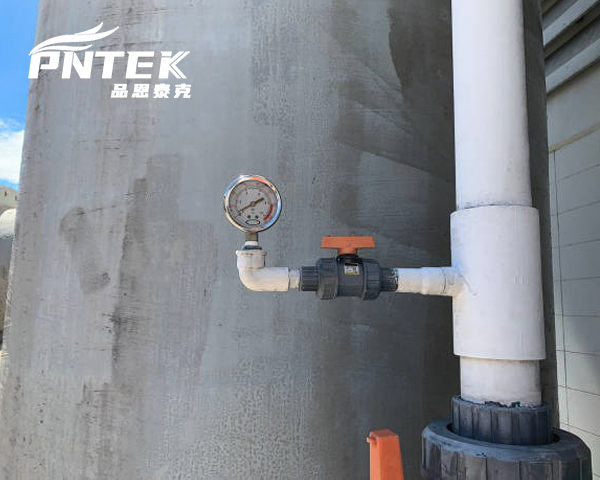
This two-step approach is the professional standard. It ensures you test every part of the system correctly without putting unnecessary stress on any single component. The first test checks your pipe joints and fittings, and the second test confirms the valve itself is performing as it should. It is a simple distinction, but it makes the testing process safer and more effective.
The Two-Stage Testing Method
Following this process ensures a thorough and safe test. First, you confirm the pipeline’s integrity. Then, you confirm the valve’s sealing capability.
- System Integrity Test (Valves Open): The main goal here is to find leaks in all the pipe joints you have glued. Close the ends of your finished pipeline with caps. Make sure all the ball valves within the line are in the full open position. This allows water to fill the entire system, including the valve bodies, so everything is tested as one continuous tube. Bring the system up to the test pressure slowly and check every joint for leaks. This method tests your workmanship on the pipe connections.
- Valve Seal Test (Valves Closed): After the system passes the first test, you can then test the valve seats. This is especially important for isolation valves at the end of a line. With the system pressurized, slowly close the valve. Check for any leaks from the valve stem and inspect the downstream side of the valve to ensure it is providing a complete, bubble-tight seal. This tests the quality of the valve’s internal seals (the TPE/EPDM seats).
Can you pressure test PVC pipe?
You are looking at a long run of freshly glued PVC pipe. The thought of filling it with high-pressure water makes you nervous. What if the joints fail or the pipe itself bursts?
Yes, pressure testing PVC pipe is a standard and necessary procedure. You must use water (a hydrostatic test) and stay within the pressure limits, which are based on the pipe’s pressure rating and temperature.
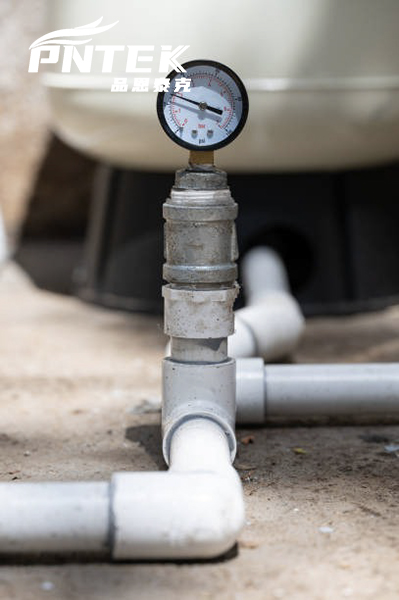
This is another area where following established rules is the key to safety and success. PVC pipe systems are incredibly strong, but they are not indestructible. The entire system—pipe, fittings, and valves—is designed to a specific pressure rating. Pressure testing is simply the way we prove the installation was done correctly and the system is ready for service. The most important rule is to never, ever use compressed air.
Hydrostatic vs. Pneumatic Testing
Using water (hydrostatic) is the only approved method for pressure testing thermoplastic pipe systems. Using air (pneumatic) is extremely dangerous and forbidden by all major standards.
| Test Type | Method | Safety | Why It Is Used/Not Used |
|---|---|---|---|
| Hydrostatic | Uses water, which is nearly incompressible. | Safe. If a leak occurs, the pressure drops instantly with only a small trickle of water. | Industry standard. Effectively finds leaks without the risk of violent failure. All Pntek valves are designed for this. |
| Pneumatic | Uses compressed air, which stores a huge amount of energy. | Extremely Dangerous. If a component fails, the stored energy is released explosively, sending plastic fragments flying like shrapnel. | Never use this method. It is a severe safety hazard and can cause serious injury or death. |
Always follow the “1.5x Rule”: the maximum test pressure should be no more than 1.5 times the lowest-rated component in the system for a short duration.
How much pressure can a PVC ball valve handle?
You are sourcing valves for a project. You see different codes like PN10, PN16, or Schedule 80. You need to know which one can handle the system’s pressure without risk of failure.
A PVC ball valve’s pressure rating depends on its design, size, and temperature. A standard PN10 valve is rated for 10 bar (145 psi) at room temperature, while a PN16 can handle 16 bar (232 psi).
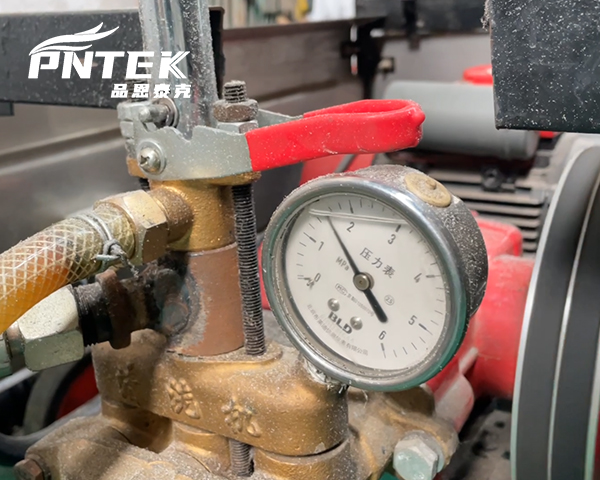
This is one of the most important specifications I discuss with Budi. Matching the valve’s pressure rating to the system’s requirements is fundamental. The pressure rating, often called the CWP (Cold Working Pressure), is clearly marked on the valve body. It tells you the maximum sustained pressure the valve can handle in a low-temperature water system (around 20°C / 68°F).
The Critical Role of Temperature
For PVC, pressure and temperature are directly linked. As the temperature of the fluid in the pipe goes up, the strength of the PVC material goes down. This means the valve can handle less pressure. This is called “temperature derating.”
| Water Temperature | Pressure Rating Derating Factor | Example: PN16 (16 Bar) Valve |
|---|---|---|
| 20°C (68°F) | 1.0 (Full Rating) | 16 Bar |
| 30°C (86°F) | 0.82 | 13.1 Bar |
| 40°C (104°F) | 0.65 | 10.4 Bar |
| 50°C (122°F) | 0.50 | 8.0 Bar |
| 60°C (140°F) | 0.22 | 3.5 Bar |
This is especially important in a warm climate like Indonesia. A valve that is perfectly safe at 20°C may be dangerously close to its limit in a 40°C pipeline exposed to the sun. Always consider the highest possible operating temperature when selecting a valve’s pressure class.
What are the common problems with a ball valve?
You specified a high-quality valve, but months later your customer calls to say it’s leaking or too hard to turn. You need to understand what causes these failures to prevent them.
The most common problems are leaks from the stem or union nuts, a handle that is difficult to turn, or cracks in the body. These issues are often caused by improper installation or physical damage.
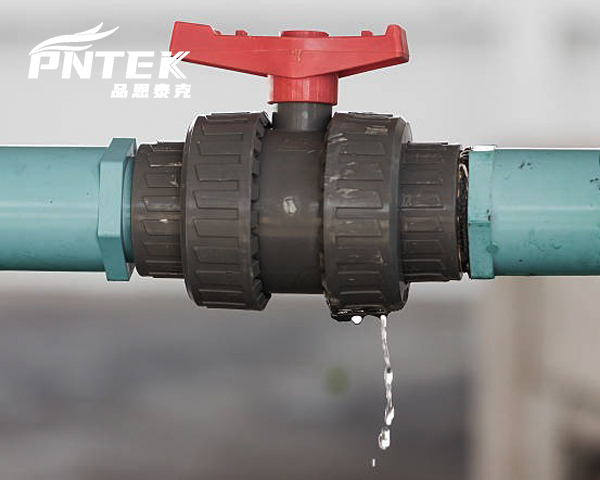
While a well-made valve is very reliable, it is not immune to problems. Most of the failures I see in the field come back to one of two things: installation error or external factors. Understanding these root causes is key. This is why at Pntek, we not only focus on making a robust valve but also on educating partners like Budi on proper handling and installation.
Root Causes of Valve Failure
Here are the main issues we see and how to prevent them.
- Leaking Seals: Leaks from the stem or union nuts often mean an O-ring is damaged or missing. This can happen if the valve is reassembled without care. Over-tightening the union nuts with a large wrench can also deform the seals and cause a leak. Always hand-tighten first.
- Difficult Operation: The number one cause of a stiff or seized valve is solvent cement (glue) getting inside the mechanism during installation. This is why you must always install a true union ball valve by gluing the end connectors on first, then assembling the valve body after the glue has fully cured.
- Cracked Body: Cracks are almost always caused by external stress. This could be from an over-tightened threaded fitting, a sharp impact from a tool, or allowing the valve to freeze with water trapped inside. Never use a ball valve to support the weight of a pipe.
Proper installation and handling can prevent over 90% of these common problems.
Conclusion
Pressure testing a PVC ball valve is safe and necessary when done correctly. By using water, respecting pressure ratings, and following proper two-stage testing, you ensure a reliable, leak-free system.
Post time: Sep-19-2025




